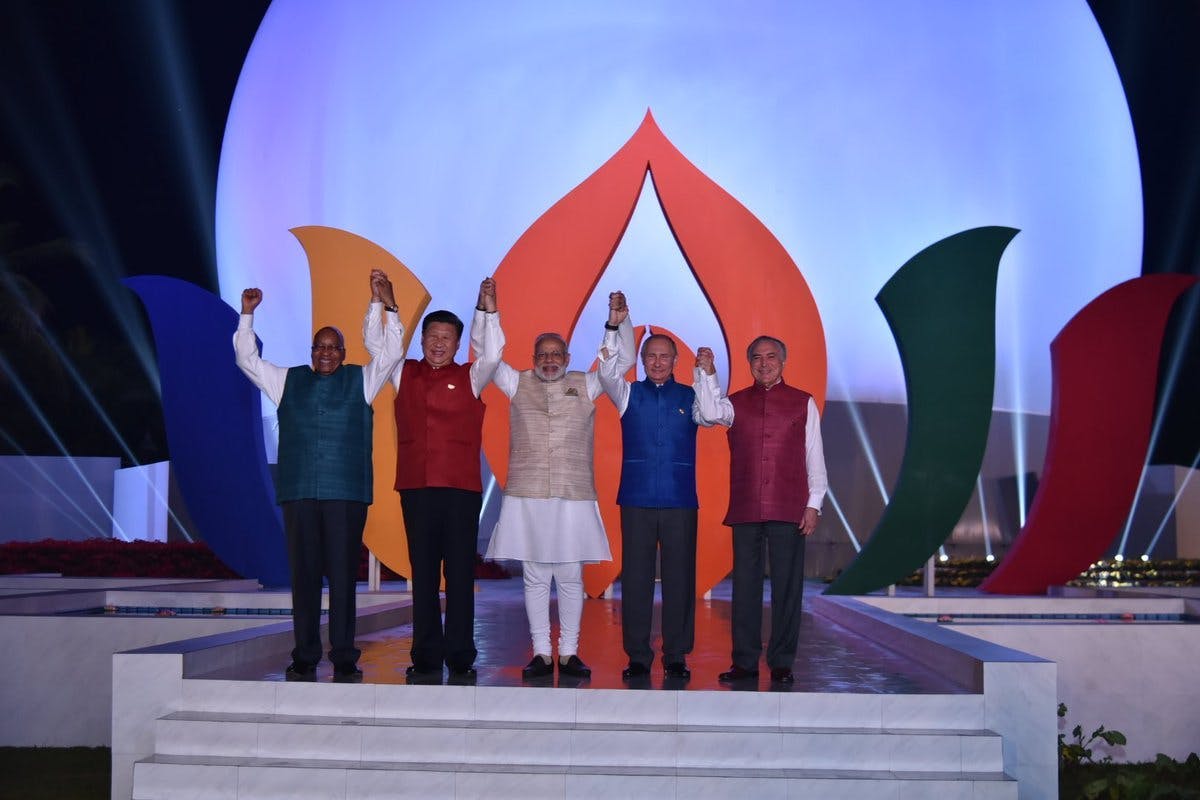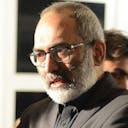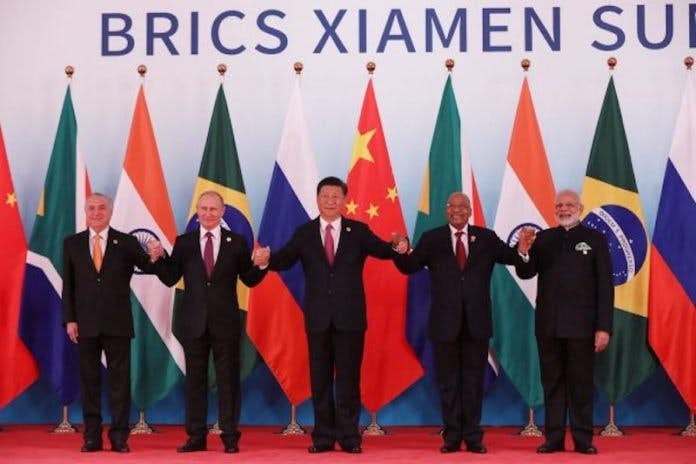What India’s Modi did or didn’t achieve at BRICS Summit

I just got back from a PTV News live show on BRICS Summit on how India upped the game of using diplomatic channels to isolate Pakistan internationally.
As I tweeted the proceeding of the Summit over the weekend, many asked me for my take on the issue as well.
As an independent analyst, here’s a brief description of how I saw things. With some background info added.
Watch clips from this show at our YouTube channel: Wali Zahid
BRICS Summit in Goa, India
The 8th BRICS Summit (15-16 October 2016) just ended in Goa, India.
Heads of five countries – Brazil, Russia, India, China and South Africa – attended.
The attendees were: Brazilian President Michel Temer, Chinese President Xi Jingping, Indian Prime Minister Narendra Modi, Russian President Vladimir Putin and South African President Jacob Zuma (photo below).
These are the next most important nations of the world after the G-7 countries.
The five nations have a joint GDP of $16 trillion.
BRICS was formed in 2011 with the aim of using members’ growing economic and political influence to challenge Western hegemony.
British economist from investment bank Goldman Sachs Lord Jim O’Neill coined the term 15 years ago as a marketing tool for investors looking for more adventurous growth prospects.
How Indian PM Modi used this summit
India’s Prime Minister Narendra Modi used this occasion (actually a development and economic summit, program below) to demonise Pakistan for its alleged backing of cross-border terrorism, something that Pakistan foreign office denies.
Pakistan is ‘mother-ship of terrorism‘ was the mantra here (Reuters headline above), which at the UNGA 2016 meeting was: Pakistan is the ‘Ivy League of terrorism’. Funny soundbites.
Modi’s emphatic soundbite at inugural address: Terrorist funding, their weapons supply, training and political support must be systematically cut off.
So, how did this BRICS Summit fare for Pakistan?
A. What India’s PM Modi achieved in BRICS Summit at Goa
- Was able to internationalise the terrorism issue in bilateral and multilateral meetings and his inaugural address: Pakistan ‘mother-ship of terrorism’ was the global headline that day.
- Was able to successfully turn the world’s eyes away from Kashmir human-rights violations, pellet guns and deaths of Kashmiris at the hands of security forces.
- Was able to warm up Russian ties, with $6.5 billion (INR 430 billion) worth of defence and nuclear energy deals.
- The final 109-para Goa declaration had five paras on terrorism alone.
- Pushed for expediting Comprehensive Convention on International Terrorism (CCIT) in the UNGA, a demand that was dropped in 2015 Ufa summit, without further delay.
- After Indian pullout from the 28 September Saarc Summit in Islamabad (Afghanistan, Bangladesh and Bhutan followed suit), countries in Bay of Bengal bloc given fresh beginning.
- A fresh minus-Pakistan impetus of the Bay of Bengal Initiative for Multi-Sectoral Technical and Economic Cooperation (Bimstec). The seven countries are: India, Bangladesh, Bhutan, Nepal, Myanmar, Thailand and Sri Lanka.
B. What India’s PM Modi failed to achieve in BRICS Summit at Goa
- Failed to muster Chinese support for Indian bid for inclusion in Nuclear Supplier Group (NSG).
- Failed to get group consensus on adding Pakistan, cross-border terrorism, Uri attack, Pathankot attack, Pakistan-based non-state actor (NSA) like JeM (Jaish-e-Mohammad) or its chief Masood Azhar in the Goa declaration, which India wanted.
- Failed to convince China to release ‘technical hold’ on JeM’s Masood Azhar to be designated international terrorist at UN
- President Xi insisted to find a “political solution” to “regional hotspots” without referring to Kashmir.
- Russian President Vladimir Putin did not mention terrorism at all.
Question for Pakistani stakeholders: Regardless of the Indian success or lack of it, how are we going to counter this narrative building against Pakistan through actions, and not mere words?
Tailpiece: It was Lord Jim O’Neill who, back in 2001, also coined term Next-11 (or N11) which included Pakistan among the top 20 economies in the world in 2050, along with BRICS and G-7.

Wali Zahid
Wali Zahid is a longtime China watcher and a Pakistan futurist. An award-winning journalist, he writes on issues of significance to Pakistan and CPEC & BRI.
Related posts
